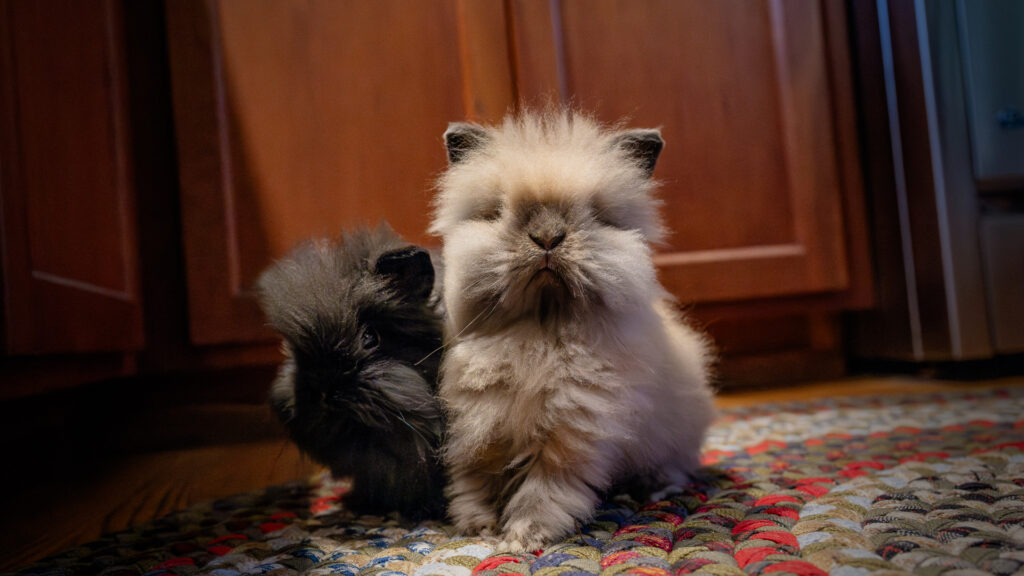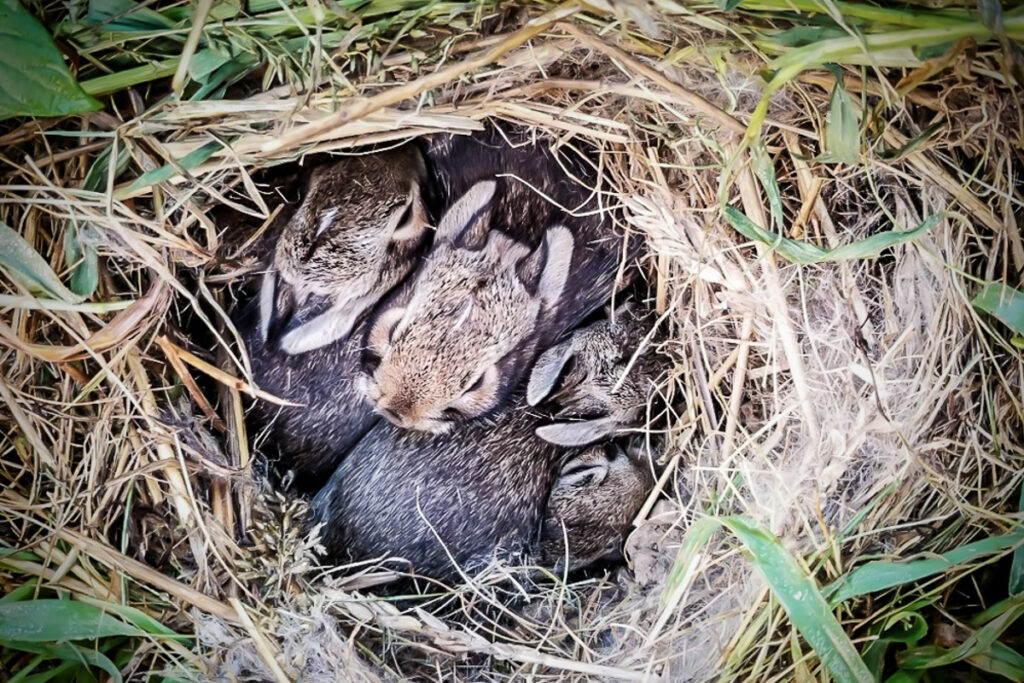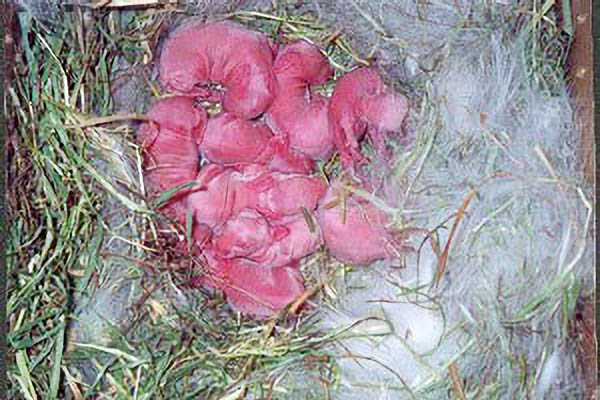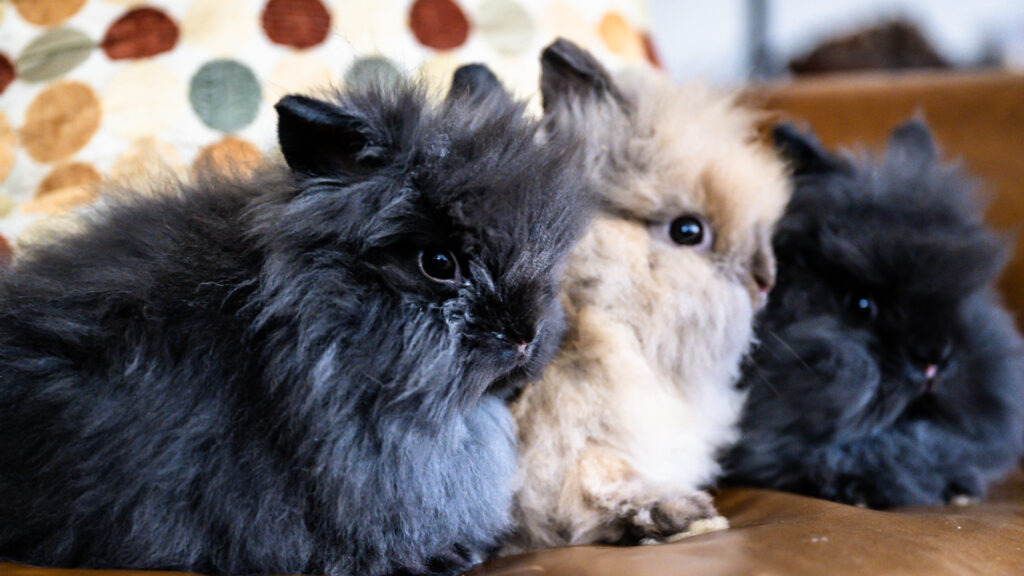“Baby bunny” is a sweet phrase for a serious responsibility. Whether you’ve discovered a tiny rabbit outdoors or you’re welcoming a young domestic rabbit into your home, this guide explains what to do—calmly, kindly, and correctly.

What Counts as a “Baby Bunny”
In rabbit care, a baby bunny is a kit (or kitten). Wild cottontails and domestic rabbits develop on similar timelines, but their care context is different. A key rule of thumb: wild babies are rarely abandoned; domestic babies should be raised indoors with excellent nutrition and gentle handling.
Found a Baby Bunny Outside?
First, pause. The baby rabbit could be wild, or it could be domestic.
Most wild baby rabbits don’t need rescuing. Their mothers visit briefly at dawn and dusk.
If the baby is warm, quiet, in a shallow grass nest, and uninjured, leave the nest intact. Keep pets and people away for 24 hours.

When to Intervene
- The baby is cold, limp, crying continuously, visibly injured, or surrounded by dead adults.
- The nest has been destroyed and you cannot safely recreate it.
- Predators or lawn equipment threaten the nest site.
If any apply, follow our wild orphan rabbit guide, and immediately contact a rabbit-savvy veterinarian or a licensed wildlife rehabilitator in your area. Describe exactly what you see; follow their instructions.
Caring for Domestic Baby Bunnies
For complete instructions on feeding, weaning, and hand-rearing orphans, read Caring for Baby Bunnies.

- Keep the environment quiet, warm, and stress-free with a secure nest area indoors.
- Handle gently and only when needed—support their body fully and maintain clean hands.
- Provide fresh hay and water once they begin nibbling solids, and monitor their weight daily.
Feeding, Weaning, and Health
Mother’s milk is ideal, and rabbits should stay with their mothers for at least eight weeks to ensure proper weaning and gut development. This period helps baby bunnies establish healthy digestive flora and immunity through their mother’s milk. Separating babies too early often leads to chronic digestive issues or failure to thrive.
If you’re caring for orphaned kits or have questions about diet stages, detailed age-by-age feeding and weaning guidance is covered in our complete baby bunny care article.
The Best Place to Get a Baby Bunny
If you’re hoping to adopt a baby rabbit, avoid pet stores and online breeders. The most compassionate, responsible place to find one is through a reputable rabbit rescue or adoption group.
Many rescues take in already pregnant rabbits who were surrendered or rescued from neglect situations. When those babies are born and raised under rescue supervision, they receive excellent nutrition, socialization, and veterinary care before adoption. Adopting through a rescue helps prevent further overbreeding and ensures your rabbit is healthy, spayed or neutered when old enough, and matched to your home’s needs.
Find local groups through our Rabbit Rescue Directory.
Health Red Flags (Seek Help Fast)
- Cold body, bloated belly, diarrhea, lethargy, refusal to eat
- Labored breathing, nasal discharge, wheezing
- Visible wounds or fly eggs/larvae
Book urgent care with a rabbit-savvy veterinarian. You can also browse our health articles for supportive information.
Socialization, Litter Learning & Spay/Neuter Timing
- Socialization: Short, positive daily interactions build confidence.
- Litter learning: Use low-entry boxes with paper litter and hay. See How to Litter Train a Rabbit.
- Spay/neuter: Discuss timing with your vet. Altered rabbits are healthier and easier to bond.

Starter Supplies Checklist
- Indoor pen or safe room with nest materials
- Grass hay (timothy or orchard)
- Plain timothy pellets (no colored bits)
- Shallow water dish
- Paper-based litter (never clumping)
- Soft blankets, thermometer, and small scale
- Nail trimmers and vet-approved first aid basics
Unlimited grass hay supports healthy digestion as kits begin nibbling solids.
Quick FAQ About Baby Bunnies
How do I tell domestic from wild?
Wild cottontails are smaller with distinctive tail markings. Read our full guide to stopping diferences between wild and domestic rabbits.
Can children bottle-feed a baby bunny?
No. Aspiration risk is high. Only trained adults following a vet’s plan should feed them.
What greens are safe for a young rabbit?
Introduce a single safe green at a time in tiny amounts after weaning. See our baby rabbit diet guide for safe options.
Continue Learning
- Caring for Baby Bunnies (Full Guide)
- Rabbits and Children
- Find a rabbit-savvy vet
- More rabbit care articles
- Why we oppose retail rabbit sales
- Support our education work
- Adopt a rabbit near you
This guide offers general welfare-based advice and does not replace individualized veterinary care.

